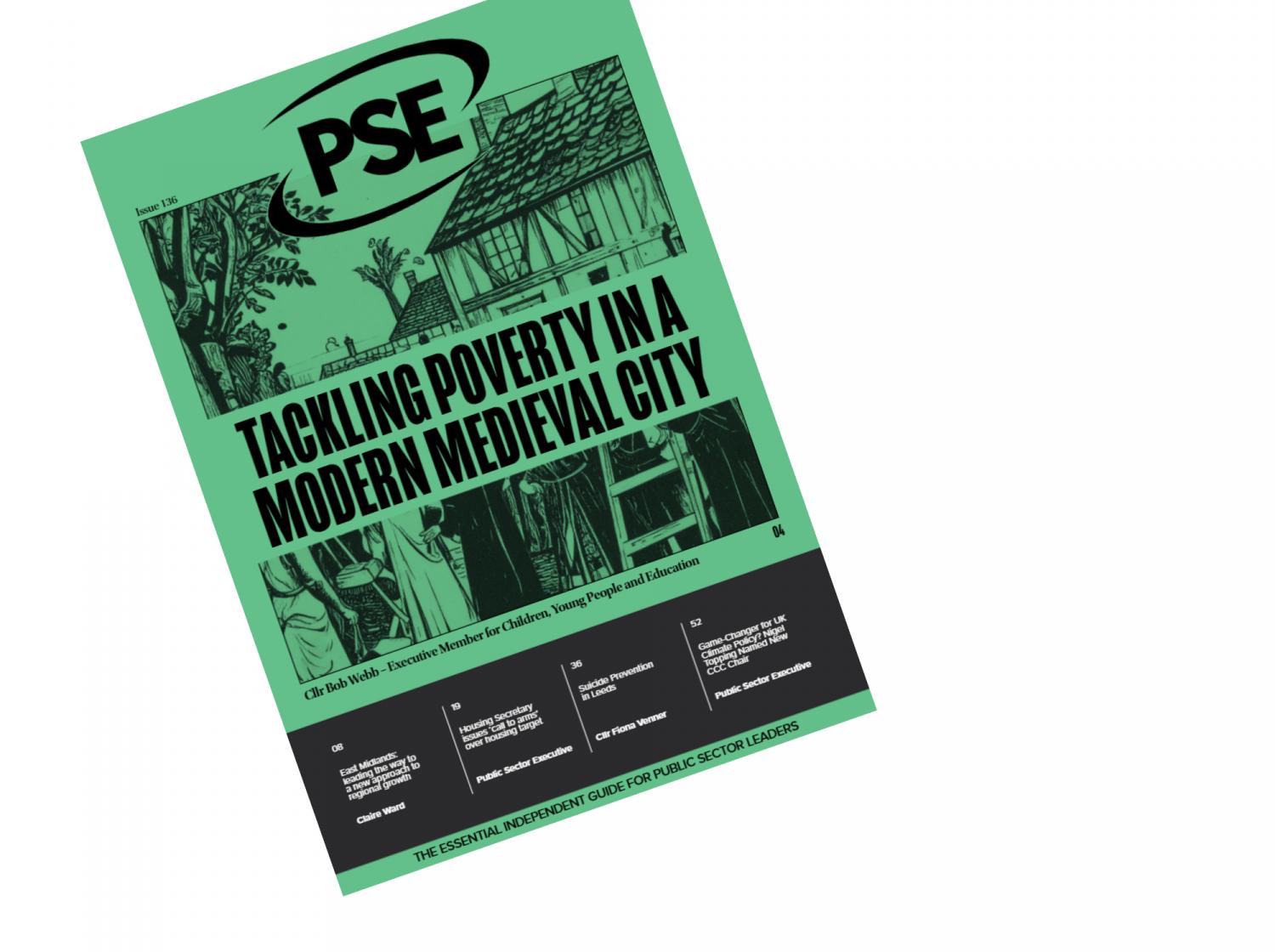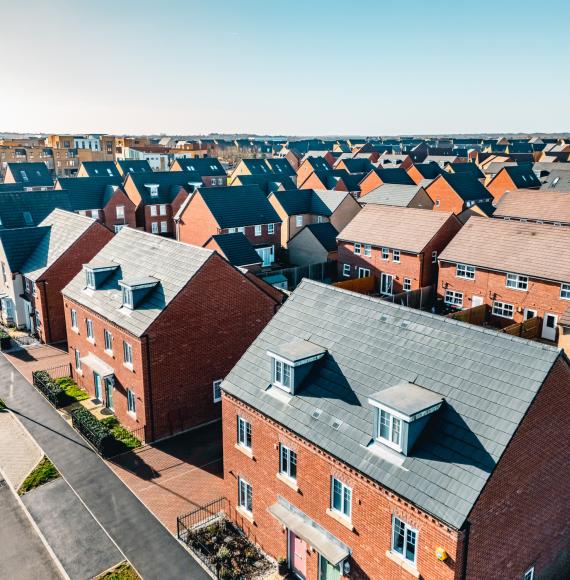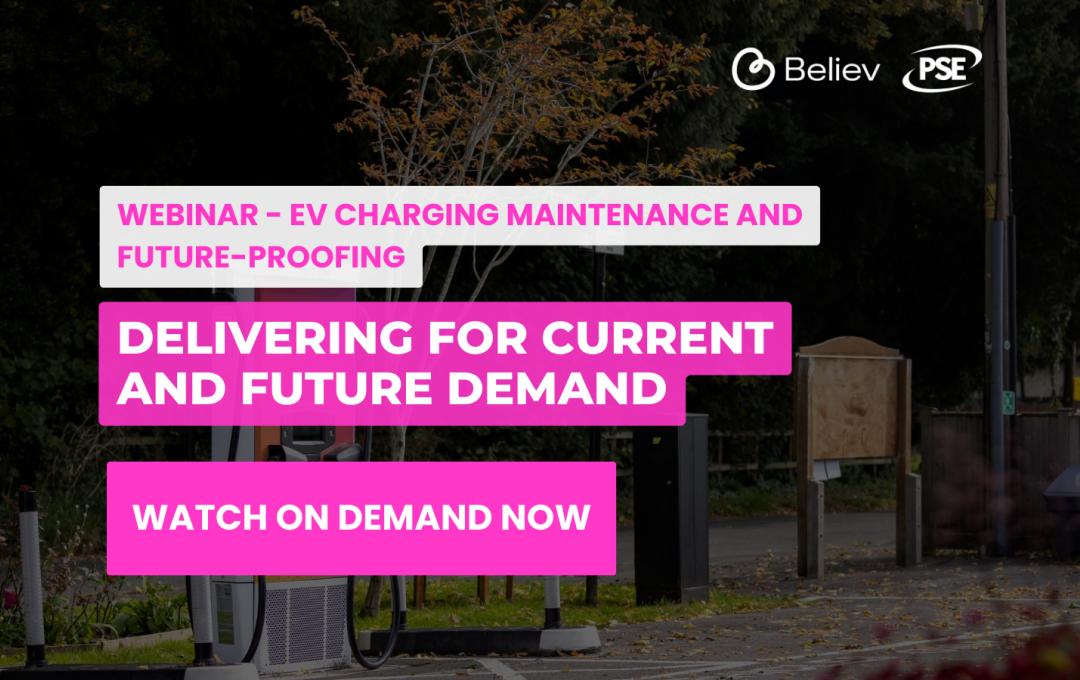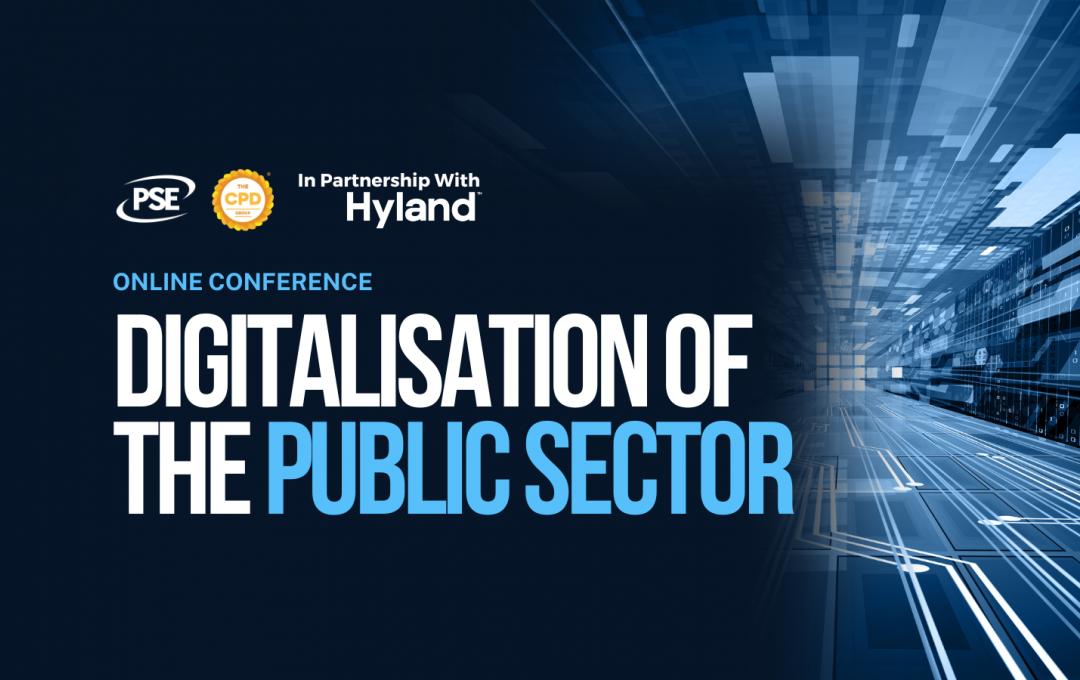City FM has been at the forefront of connected estates for over 15 years. Working in partnership with customers to connect assets across multiple sites has led to an explosion in the amount of available data, with over 17 trillion data points being monitored through machine learning solutions across City’s customer portfolio.
What is IoT for asset management?
Since the early 2010s, the discipline of facilities management has been transformed by the Internet of Things (IoT). Whereas previously, manual checks and reporting on equipment, maintenance requirements and day-to-day processes were the norm, now largely automated connected systems can perform these tasks much more efficiently.
While the technology used for IoT facilities management can vary, most systems tend to use a network of sensors that collect data and feed it back to a central cloud, where it can be analysed to inform decision making. The power of IoT allows businesses to leverage the value of data to create efficiencies and drive profit.
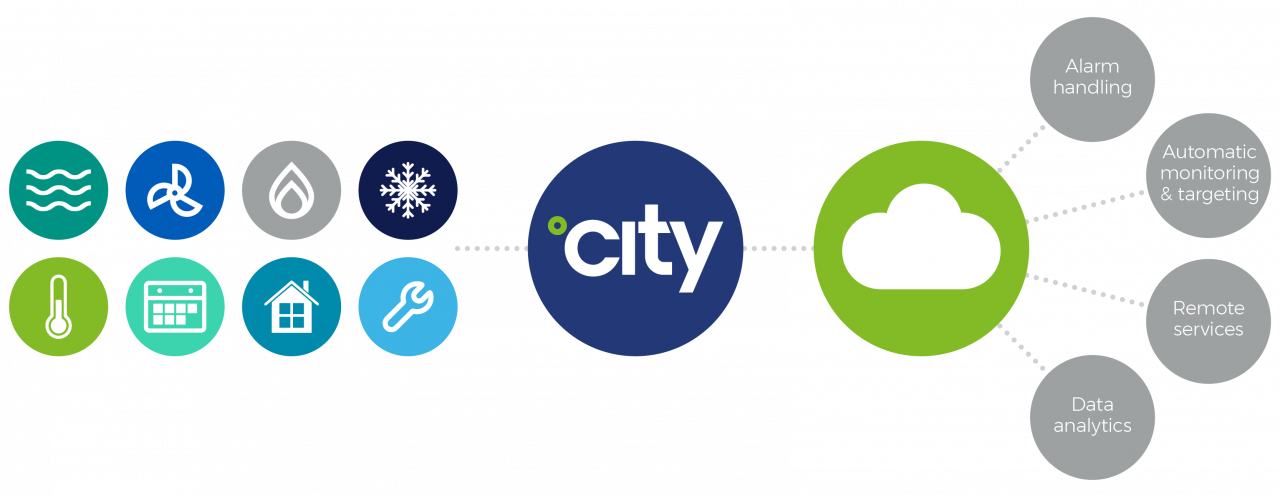
How can IoT technology improve facilities management?
One of the core benefits of IoT is its ability to collect and analyse data at rapid rates. The sheer volume of data collected by IoT systems is far beyond the ability of a human to analyse in real time.
Fully connected systems provide facilities managers with remote visibility and control over assets. Asset connectivity maturity levels vary with the choice of technology. With access to unrivalled data insights, public sector organisations can make crucial cost-saving decisions across their asset portfolio.
The challenge of separate systems
Increasingly, businesses want to know the operational state of an asset to gauge whether it will impact on operations, compliance, energy consumption or environmental conditions.
Historically, the monitoring and control of assets has been achieved with a combination of systems, each with separate licensing fee arrangements.
For most large estates, building control infrastructures can vary significantly. Several manufacturers’ systems may be embedded exclusively for HVAC purposes or have entirely different specifications and functionalities across all energy using systems.
However, sending data to the cloud in a standard format allows for the application of machine learning and AI (artificial intelligence) such as predictive maintenance or virtual controllers, with the ability to optimise a building’s performance.
Asset connectivity maturity vs value
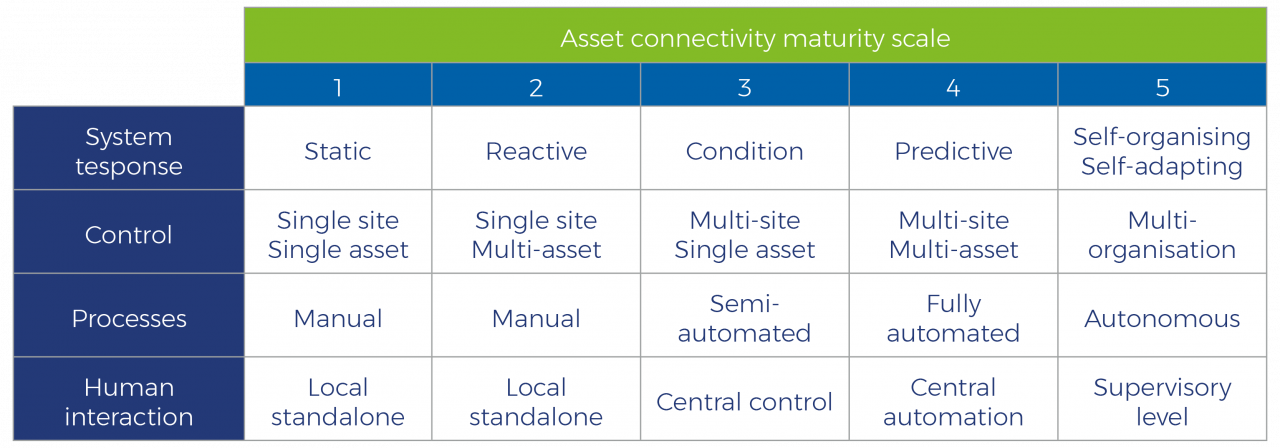
While more sophisticated technology certainly comes with a higher investment requirement, the return on that investment is undeniable. Predictive or even self-organising system responses reduce the need for on-site personnel and manual checks and provide companies with far greater levels of control across entire organisations.
When facilities management systems have a low level of asset connectivity maturity, such as where asset performance data is manually collected for purposes like temperature checks or meter readings, their value is significantly lower. Recording errors and missing data can lead to the loss of essential insights and contribute to non-compliance.
For customers using connectivity systems with a medium level of maturity, the power of IoT is to integrate disparate systems without the need to replace millions of pounds’ worth of perfectly operational infrastructure.

Case study:
Enhancing asset connectivity
City FM recently worked with an existing customer to refine the remote connectivity of their core assets. The customer already had robust systems in place and understood the value of automation, thousands of hours in manual intervention had already been saved. However, the systems were approaching their 10-year mark, and with asset hardware becoming unsupported, it was time to invest in further upgrades.
The brief
The customer wanted to replace their assets to prevent loss in connection and functionality. A significant investment was made in the replacement of legacy infrastructure. Our challenge was to introduce a seamless system for data collation with advanced analytics capability.
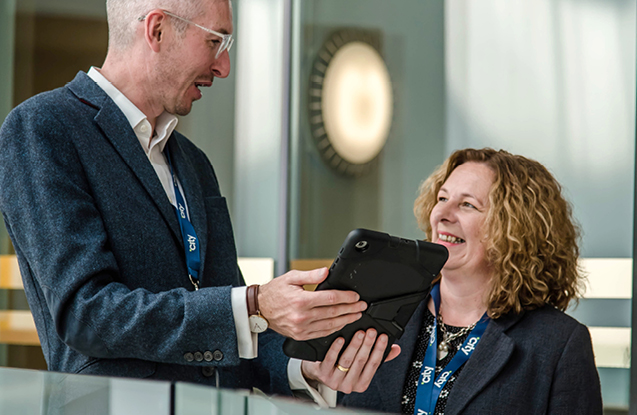
The process
City’s approach to connected assets is to first form an understanding of a customer’s existing connected abilities. It is important to measure the processes and solutions already in place. From there, we can build a value-based solution meeting core objectives of compliance, energy efficiency, control and data availability.
City worked on a solution that would drive value by further reducing the customer's operational costs as well as enhancing energy benefits through additional control measures.
Embracing existing infrastructure
The IoT solution we deployed decoupled our customer from multiple platforms while retaining millions of pounds' worth of existing controls infrastructure. This reduced expenditure by over 50% while mitigating the substantial costs of asset replacement.
Remote commissioning
The use of a configuration and deployment engine allowed for remote commissioning, negating the need for expensive on-site software works. This innovative solution meant capital costs were 60% less than the industry standard.
Data analytics
For data analytics, a cloud-hosted enterprise event handling application was deployed, along with functionality for global commands and reporting. The applications were also integrated into City’s Mercury CAFM (Computer-Aided Facility Management) system, allowing data to flow into a suite of existing applications including engineering resource allocation, asset life cycle cost tools and business intelligence.
With the freely accessible data available, our in-house Data Science team worked to reduce the number of false-positive alarms requiring manual triage. This was achieved by applying machine learning principles that significantly outperform simple rules-based alarm techniques.
Future steps
Further trials are underway for cloud-based virtual asset controllers which will allow for remote asset optimisation.
The results
The project saw a reduction in energy demand and cloud platform costs, as well as maintenance and operation requirements. This has resulted in significant savings for our customers, with a projected payback period of less than five years.
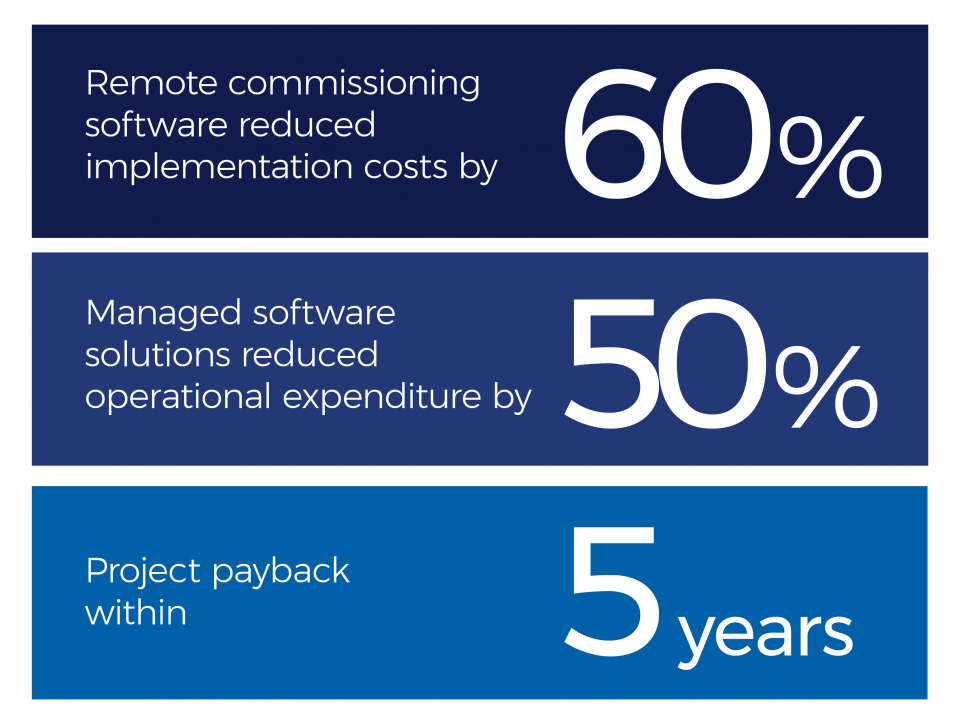
Next steps
To discuss how your organisation could benefit from refined IoT asset management, contact our team:
- E: [email protected]
- T: +44 (0)141 418 9000
Download the full ‘Connecting assets with Internet of Things’ whitepaper on our website.



